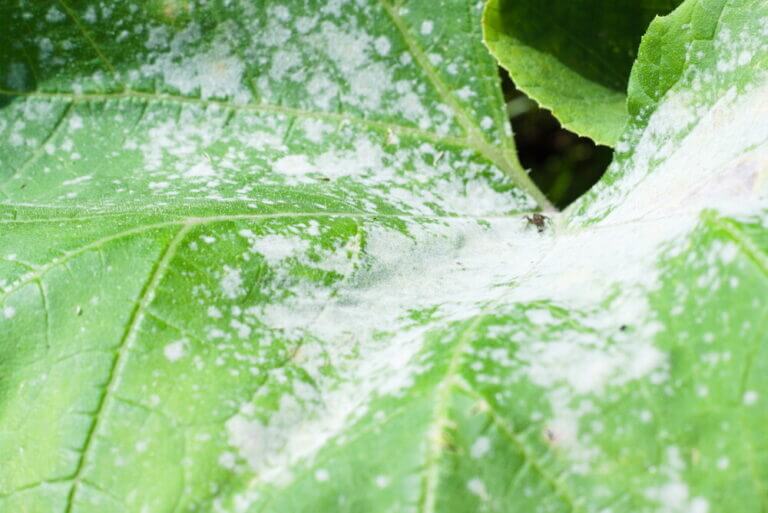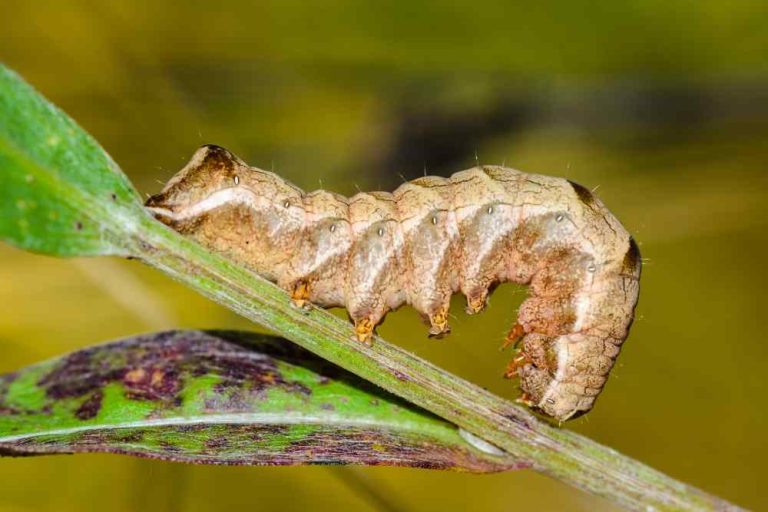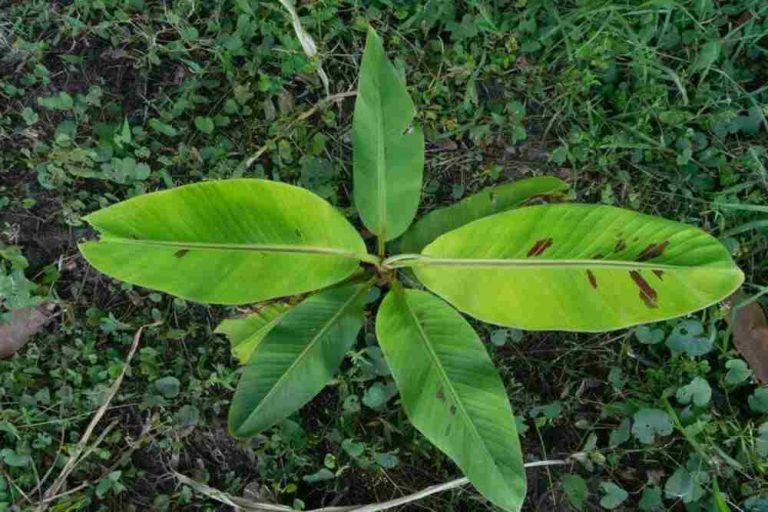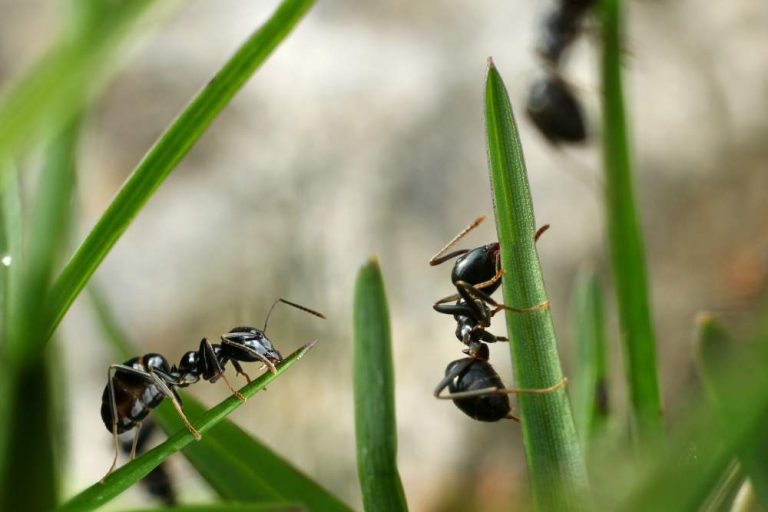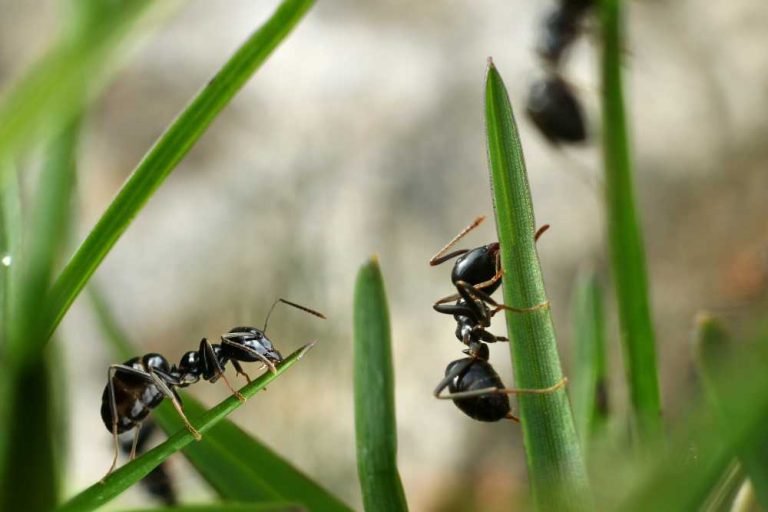Dealing with Black Spots on Tomato Plants for a Bountiful Harvest
Juicy, fully sun-ripened tomatoes are one of the simplest vegetables you can raise in your yard. However, taking proper care of your crop requires watching for tomato diseases brought on by fungi, bacteria, viruses, and other conditions that can result in leaf spots and blights.
Problems with temperature, nitrogen, and moisture levels can also spoil your crop. By becoming familiar with these potential issues’ signs and symptoms, along with a few straightforward tactics, you can prevent them. Your plants can remain prolific and healthy throughout the season with little work.
The terrible tomato black spot is something that everybody who has grown tomatoes is familiar with. But did you know that there are other possible causes of black spots on tomato plants? There are times when it’s a disease and times when it’s not. Fruit contamination can result from contaminated plant debris, pests, or environmental factors. You likely have ample time to fix the problem because tomato fruit can be produced in significant quantities.
The majority of black spot problems may be resolved regardless of whether a pest, disease, or nutrient imbalance cause them. So let’s discuss what causes black spots and how to battle the problem with countermeasures. In this manner, you may keep your plants healthy and enjoy delicious fruit all year.
Why Black Spots Appear On Tomato Plants
Moisture Stress And Black Spot
In order to produce succulent, red, bulbous tomatoes, a lot of water is needed. Keep an eye on the soil’s moisture level from planting the tomatoes until the end of the growing season. The moisture content needs to stay constant. If you aren’t certain the plants receive water daily, double-check your watering schedule and give the tomatoes a good soaking in the morning.
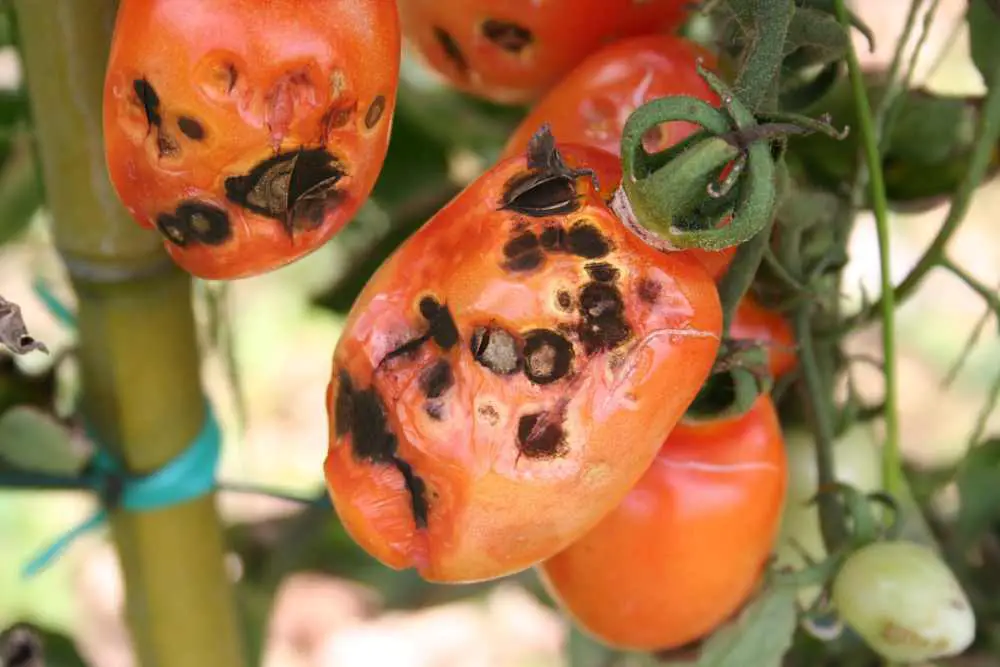
To ensure constant growth, tomatoes need much water, which should be supplied uniformly. Tomato should receive at least an inch of water per week. Increase the water level to around 2 inches if you reside in a dry climate.
Mulch can aid in retaining moisture and keeping out heat by being applied to the top of the soil and over the bases of the plants. Particularly in dry climes, mulch will also prevent water from evaporating from the soil.
Frost Damage
Frost damage is another issue that results in black spots on tomato plants. At the end of the fall growing season, a sudden cold can cause blotchy, dark green regions of frost damage if you still have tomato plants in the garden. Dark green damage first appears as brown dots, then dark black frost damage appears. It can also spread.
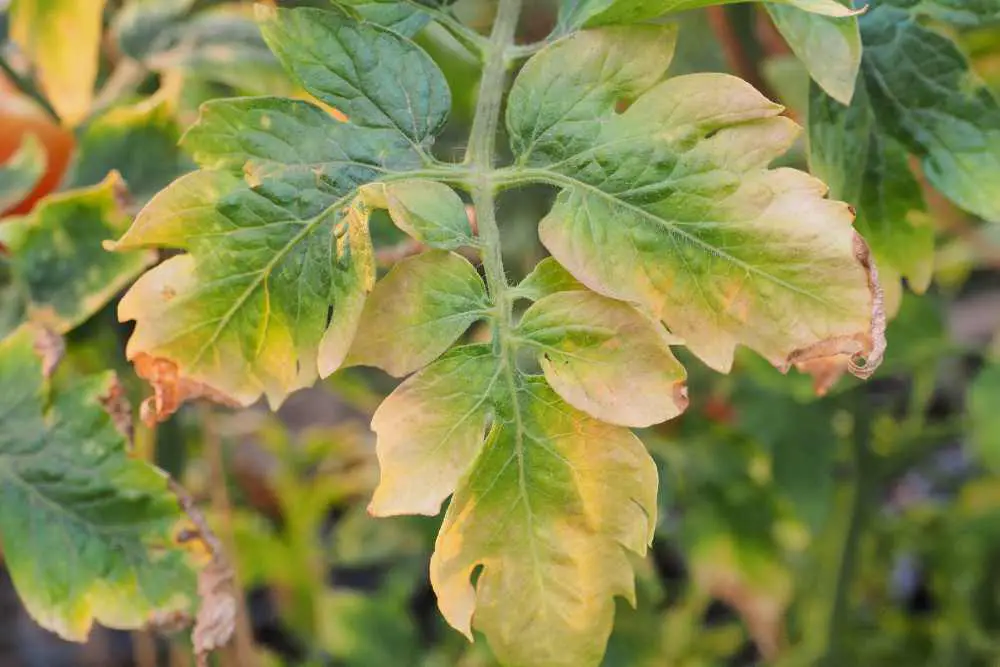
As soon as you can, take away the damaged parts. When the cold weather arrives, you should transfer your tomato plants indoors, even though it is possible to create a physical barrier to protect them from light freezes. They can spend the winter inside or in a greenhouse. The plant can also be pruned back to a few inches above the ground, and then a thick mulch layer can be applied to protect it from the cold.
Lack Of Calcium
A sufficient amount of calcium is necessary to grow tomatoes and other plants. The blossom end of the fruit will decompose first when there is a calcium deficiency. A few factors contribute to the soil’s calcium deficiency in tomato plants. These consist of Changes in moisture, Low pH, and Over-fertilization.
If the tomato plant has a black spot, spray a calcium solution on the entire tomato plant, including the surrounding vegetables. Calcium nitrate or chloride can be used at home to create a calcium spray. Spray the tomato plants thoroughly with the solution after combining four teaspoons of either kind of calcium powder with a gallon of water.
Pests Cause Black Spot
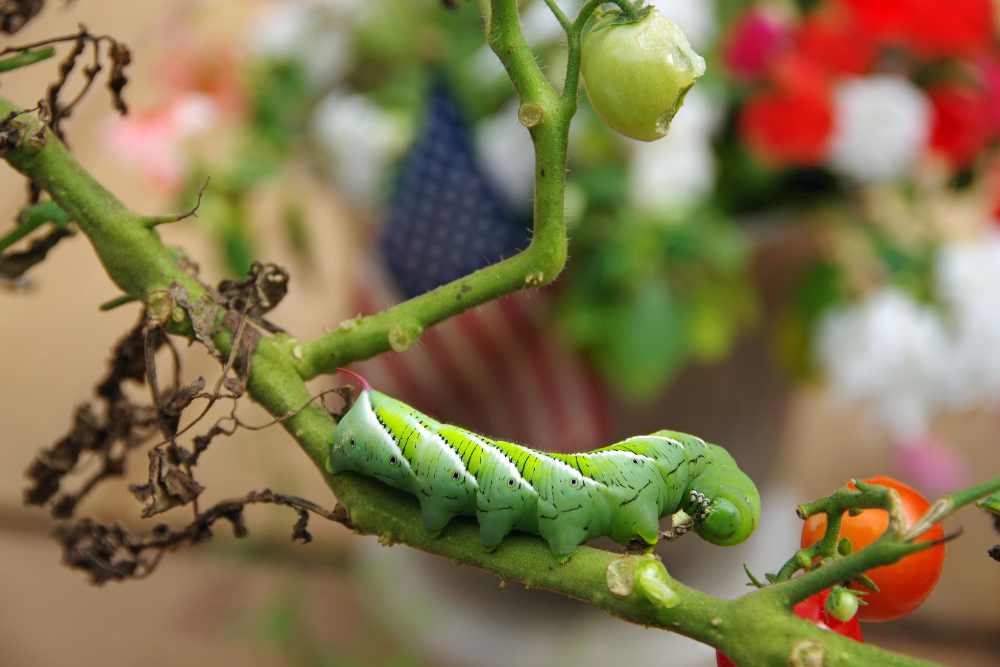
Various insect pests can cause black spots on tomato leaves and stems. These include:
– Aphids
Aphids frequently cluster on tomato plants’ undersides, causing black patches or discoloration.
– Spider Mites
These minuscule insects puncture the leaf cells to feed on the plant sap, leaving behind tiny, pale spots on the leaves. A prominent indication of spider mites is the appearance of webs on tomato plants. The portions of the leaves that are impacted by the infection could turn brown, golden, or yellow as it worsens.
– Flea Beetles
Flea Beetles are tiny jumping insects that eat tomato plant leaves. On the leaves, they make microscopic holes. A serious infestation could cause affected parts to turn black.
– Whiteflies
The yellowing and wilting of leaves can be brought on by whiteflies, which are tiny, winged insects that gather on the undersides of leaves and drain the plant sap. Whitefly feeding can result in the growth of black sooty mold and sticky secretions when there is a substantial infestation.
– Tomato Russet Mites
These little pests eat leaves from the underside. Infected plants may have rust-colored, brown, or fading leaves that can eventually turn black.
– Tomato Hornworm
Tomato hornworm injury may not immediately result in black patches on tomatoes, but the injured ripe tomatoes will ultimately become black. This has to do with how easily bacteria and fungi can infect tomato fruits, spreading the infection to the wound. You can help your plants by controlling tomato hornworms to prevent black spots on tomato fruit.
These caterpillars are typically simple to spot. They can be manually plucked from the plants and fed to hens or turkeys. They enjoy nightshades and can be moved, if you want to promote pollination by the five-spotted hawkmoth, the adult form of the tomato hornworm. If you want to entirely get rid of them, use Bacillus thuringiensis (Bt) sprays to kill them.
Diseases Cause Black Spot
These are the diseases that create black spots on tomatoes the most frequently. The methods for identifying the disease kind and minimizing its effects are covered in this section for tomato growers.
Bacterial Diseases
Bacterial Speck
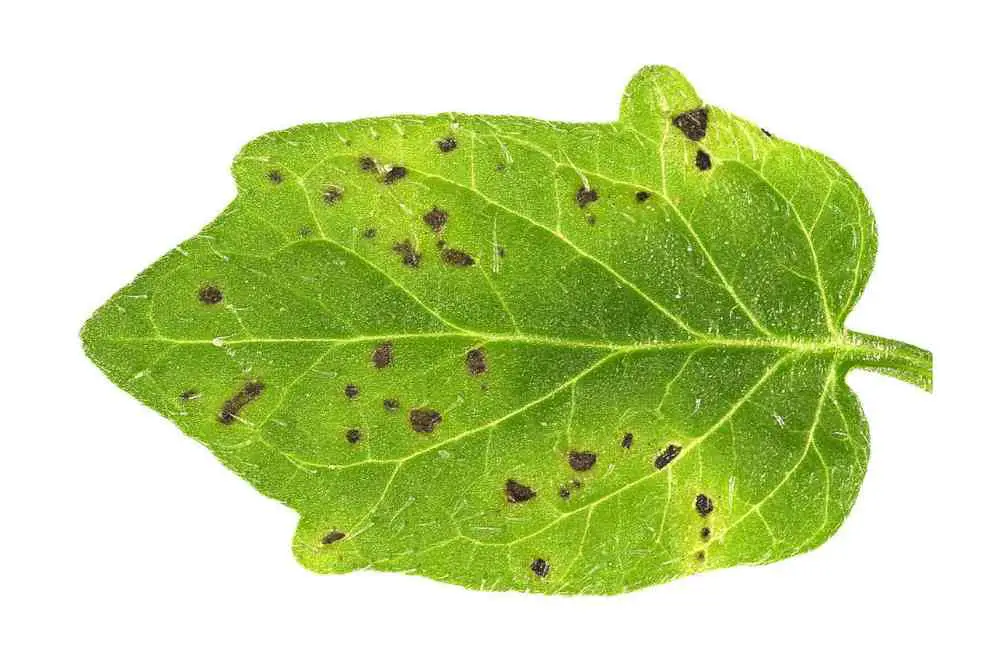
Raised, microscopic black patches on green tomatoes result from bacterial specks. The bacteria Pseudomonas syringae pv. Tomato is responsible for this springtime disease. It spreads by infected gardening implements or water splashes.
Usage drip irrigation systems and sterilize your instruments after each usage as two of the best techniques to avoid bacterial specks. Four different Xanthomonas bacteria species cause bacterial spots. It results in darker, elevated black areas larger than bacterial specks.
On infected plants, both result in blotchy leaves and, in advanced infection stages, stem spots. Tomatoes are more prone to sunscald in both situations when they are defoliated. Fruit that has been damaged may have additional germs enter the wounds, making the issue worse.
Prevention is essential since none of these germs can be eliminated. Watering tomato plants with drip irrigation is one of the finest preventative measures. To stop the spread of these diseases, try using copper-based sprays. Sterilize your tools at all times. Also, eradicate any sick plants that you find.
Fungal Diseases
Septoria
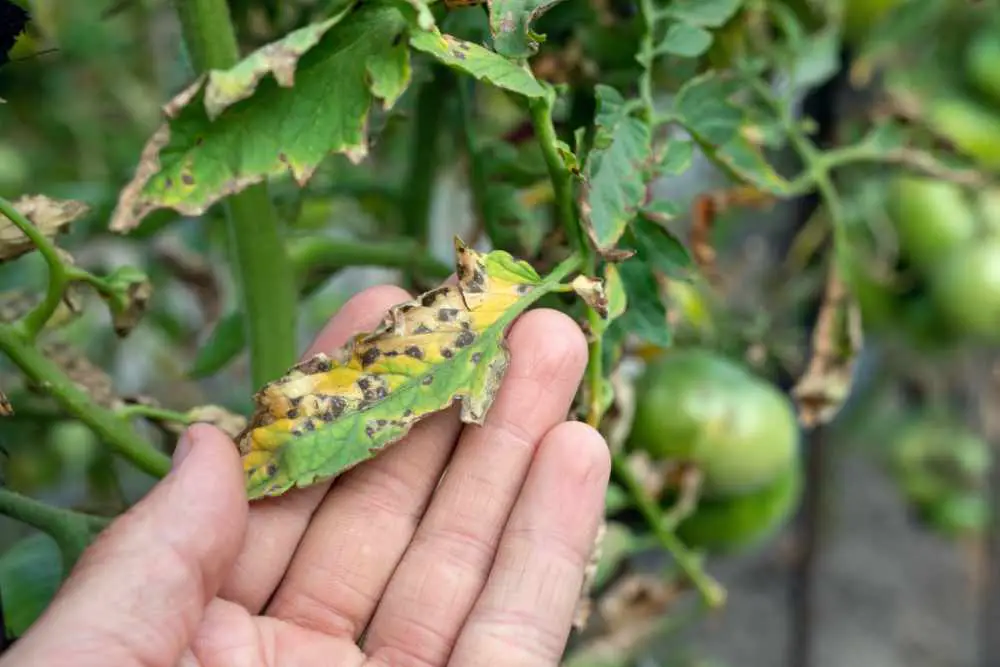
Black tomato patches result from septoria, most frequently on the plant’s lower branches. It is brought on by the fungus Septoria lycopersici, which spreads by contaminated plant matter buried in the soil. Additionally, the septoria leaf spot can spread through nearby weeds.
The septoria leaf spots initially appear on tomato leaves as brown spots; however, as the spores grow, the centers of each spot turn black. The stems of tomato plants may develop black patches in the later stages of septoria leaf spot. Fruit is very rarely harmed.
Like many diseases, contaminated plant material should be removed from the garden as soon as possible. To stop septoria leaf spot from spreading to other areas of the plant, use copper and biological fungicides. Chemical fungicides are available on the market to solve the issue if these are ineffective. Mulching, drip irrigation, and crop rotation are all effective ways to prevent septoria leaf spots.
Keep bugs at a distance since some can spread septoria leaf spots. In general, septoria leaf spot is not challenging to treat or avoid. For the general health of tomato plants, adequate ventilation is critical. The soil and lower-lying leaves, which receive less sunlight, can dry out more quickly with increased airflow. This lessens moisture and prevents the germination of spores.
Anthracnose
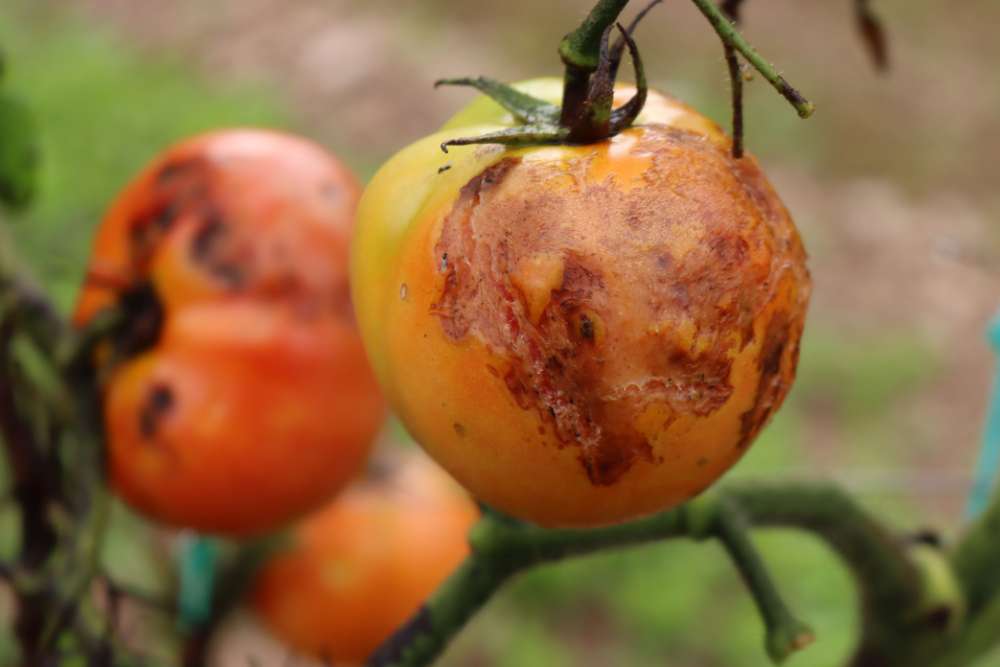
Early blight is the term used to describe anthracnose. On tomato plant leaves, it results in spots. It comes from a group of fungi that cause various plants to be attacked. A healthy plant can become infected by simply being downwind from diseased plants since these viruses spread by spore.
The spring and summer in temperate climates are when the disease-causing fungus is most active. The conditions that allow anthracnose fungus to thrive become less favorable as things heat up. The tomato fruits develop sunken spots as the disease progresses.
Fruit lesions may or may not have a stained appearance. Spots on tomato plants can spread to the stems, and the entire plant may become covered in spore masses. In the meantime, fresh growth is deformed.
Neem oil is among the most effective remedies for this disease because it eliminates the fungus before the condition spreads. Bacillus subtilis sprays are also efficient. Any anthracnose spores that may have snuggled into the soil line are destroyed by the bacterium, which outcompetes other soil bacteria.
Anthracnose can also be successfully treated with copper fungicide and sulfur dust fungicide. However, the goal should be prevention. Remove and discard unhealthy leaves and fruit. To stop the spores from moving through the water, make sure your tomatoes are staked properly and use a drip line. To avoid the disease overwintering, mulch your crops and rotate your crops.
Alternaria Leaf Spot

Fungi belonging to the Alternaria genus are responsible for Alternaria leaf spot and Alternaria canker. Stem lesions with noticeable concentric rings are one of the latter disease’s signs. Plants that have been girdled by collar rot are one of the indications of Alternaria infection that is later on. The main causes of this disease include overhead irrigation, wet weather, and spore overwintering on diseased leaves and volunteer plants.
This type of black spot can be treated and prevented with various chemicals and copper fungicides. Still, it is easier to avoid the Alternaria canker’s concentric rings from forming in the first place. Your tomato plants should be irrigated at their bases rather than from above. Consider using resistant cultivars and disease-free seeds.
– Fusarium Wilt
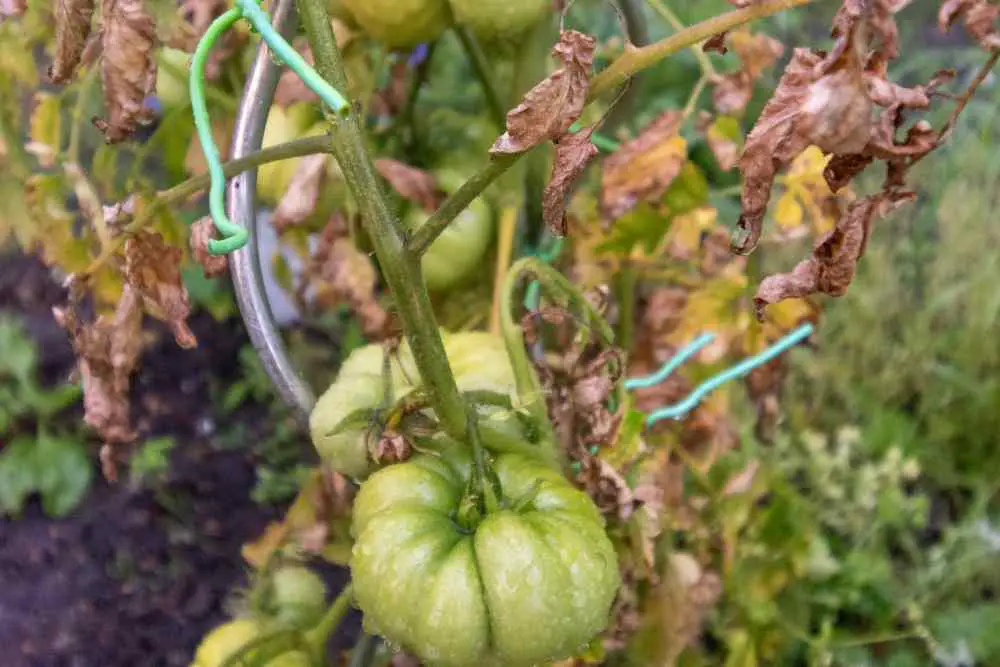
Fusarium wilt and Verticillium wilt may resemble early blight; however, they feed on the plant’s roots rather than the leaves. The fungal disease Fusarium oxysporium sp. Lycopersici causes fusarium wilt on tomatoes. After starting to feed on the tomato plant’s root system, both produce spots on the leaf tips of developing tomatoes.
Clear the soil surrounding the base of your plants of any plant debris that has settled there. Rotate your crops, and remove any damaged branches and leaves. To avoid creating the ideal environment for wilt, keep the garden soil evenly moist and not soggy. You can also grow a ton of tomato types that are wilt-resistant. Some mycorrhizal materials can also deter the fungi that produce wilt.
Viral Diseases
– Tomato Spotted Wilt Virus
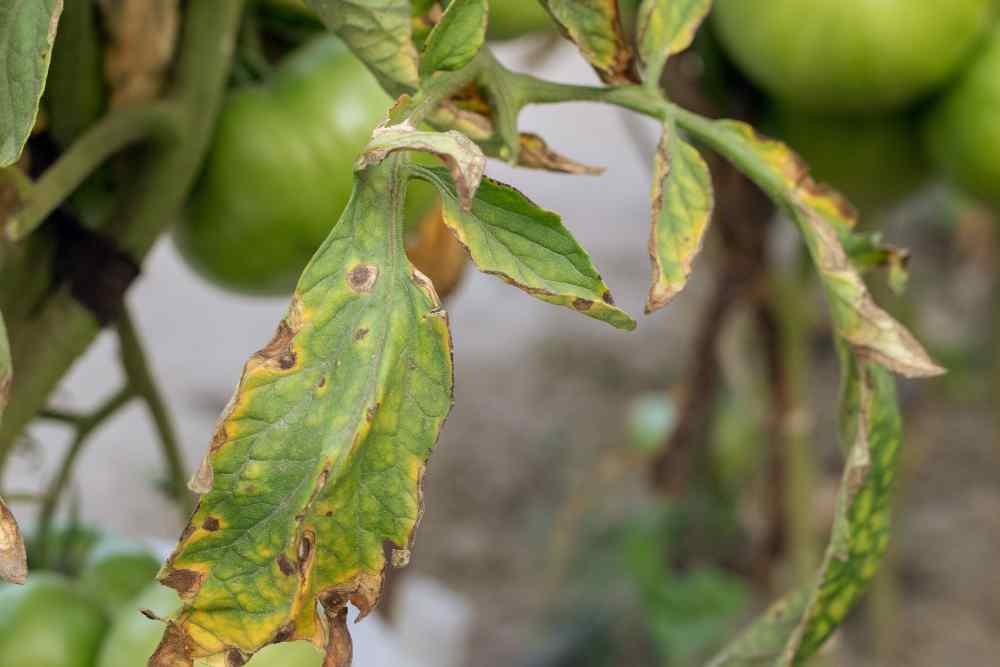
Like Alternaria canker, tomato spotted wilt virus also forms concentric rings, although not on leaves. Instead, tomato fruit develops the rings. At first, they are a bright yellow color, but as they grow, they become a necrotic brownish-black patch that makes the fruit inedible.
Thrips are a common tomato pest that feeds on all plant components, especially the season’s first bloom, making their suppression the simplest method for stopping viral propagation. If you observe thrip damage on your plants, use insecticidal soap. Resistant plant varieties. Since the virus cannot be treated, the entire plant must be uprooted and killed when discovered.
Best Ways To Take Care Of Tomato Plants & Avoid Black Spots
Regardless of the reason why tomato leaves develop black spots, by using appropriate tomato gardening techniques, you can keep plants healthy and have a greater chance of preventing these unattractive spots. These consist of the following:
- Planting Disease Resistant Types: Select tomato varieties known to be resistant to the common diseases that produce black spots.
- Giving Adequate Spacing: To ensure proper air circulation, space tomato plants enough apart.
- Crop Rotation Should Be Used: Don’t plant tomatoes in the same spot each year. To stop infections from accumulating in the soil, rotate the tomato plants to a different garden area each year.
- Consistent Watering: Water the plants from the base up, especially in the morning, to let the leaves dry out over the day.
- Mulching The Soil: Mulch aids in retaining soil moisture, controlling weed growth, and preventing soil-borne diseases from spilling onto the leaves.
- Staking or Caging The Plants: This keeps the foliage off the ground and reduces the likelihood of soil-borne pathogens splashing onto the leaves.
- Maintaining a Clean Garden: To stop diseases from spreading, remove any infected plant material away. This entails removing the fruit, stems, and diseased leaves.
- Maintaining Routine Plant Monitoring: Check your tomato plants frequently for any symptoms of disease or pests. You can start preventing problems sooner if you have an early diagnosis.
By adhering to these best practices, you can decrease the likelihood of developing black spots brought on by diseases or environmental factors. Then you can wave goodbye to those bothersome black spots and hello to a bumper tomato crop!
Want To Learn More About Tomatoes?
We suggest reading the following linked articles if you want to learn more about tomato plants and how to take care of them:
- Guide To Growing Your Own Tomatoes
- 9 Sweetest Tomatoes To Grow At Home
- Best Fertilizer For Tomatoes
- Florida Everglades Tomatoes
- Tips To Protect Tomato Plants
- When To Separate Tomato Seedlings?
- Why Are My Tomato Leaves Turning Yellow?
- 29 Bucket Gardening Ideas for a Lush, Compact Garden - October 30, 2024
- 20+ Chic Boho Bedroom Ideas for a Cozy and Stylish Retreat - June 20, 2024
- 12+ Modern Boho Living Room Ideas to Create a Unique Oasis - June 10, 2024


